Hello, hivers. Thanks again to @kvinna for asking another important question to create this write-up so that everyone can learn about this very interesting topic.
Exposure to the sun can have several advantages for soils; however, these advantages depend on the type of soil and the balance it has between sunlight and shade. So, let's get started 😊.
Solar radiation, particularly ultraviolet rays, can help eliminate pathogens, harmful bacteria, and microorganisms in the soil, contributing to soil health. It's important to note that excessive radiation can harm beneficial microorganisms in the soil.
Sunlight can dry out the soil and reduce moisture, which is beneficial in preventing plant diseases that develop in excessively humid environments. However, as mentioned before, this depends on the specific soil type and the crop in question.
Direct sunlight and heat can accelerate the decomposition of organic matter in the soil, releasing nutrients that plants can use for their growth. Additionally, direct sunlight can limit the growth of weeds since many of them require shade to thrive.
Another advantage is that in colder climates, exposure to the sun can raise the soil temperature, which is beneficial for the growth of plants that require warmer conditions.
It's important to consider that while exposure to the sun can have these advantages, it can also have negative effects on soils and plants in extremely hot climates, such as excessive dryness and nutrient depletion. The relationship between the sun, shade, and soil is quite complex and varies depending on climatic conditions and specific soil types.
Now you may be wondering, how can we achieve a balance between sunlight and shade?
Achieving a balance between sunlight and shade in the soil and for plants can be essential for healthy growth. To achieve this, you need to understand the needs of your plants because different plants have different lighting requirements. Research the lighting needs of your plants and group them accordingly. Some thrive in full sunlight, while others prefer partial or total shade.
You should plan your garden accordingly, arranging the plants so that those needing more sun are exposed to direct sunlight, and those that prefer shade are protected.
You can use shade structures such as umbrellas, awnings, trellises, or trees to provide partial or complete shade in certain areas of your garden.
Proper watering is essential. Provide the right amount of water to your plants. Plants in sunnier areas usually need more water than those in the shade.
Ensure good soil management. Check the quality of your soil. Adding organic matter like compost to improve water retention and soil nutrient content can be a good idea.
Crop rotation is another idea to consider. If you are growing vegetables, think about crop rotation. This involves changing the location of crops in your garden each season to prevent soil degradation and maintain a nutrient balance.
Monitoring sun exposure is crucial. Observe how sun exposure changes at different times of the day and in different seasons. This will allow you to adjust the plant arrangement according to light variations.
Keep the soil covered. Using mulch or vegetative cover on the soil can help maintain stable soil moisture and temperature.
Finally, it's essential to experiment and observe how plants respond to light conditions. You can make adjustments to plant location and sun protection based on what works best for your specific crops.
Well, hivers, I hope you've learned something interesting from this, and @kvinna, thanks for your question!
Español:
La exposición al sol puede tener varias ventajas para los suelos , eso sí estás ventajas depende del tipo de suelo y del equilibrio que tenga el suelo de sol y sombra.
Pues empezemos😊Hola hivers gracias nuevamente a @kvinna por hacer otra pregunta importante para crear este escrito para que todos sepan sobre este tema muy interesante.
La radiación solar, en particular los rayos ultravioletas, pueden ayudar a eliminar patógenos, bacterias y microorganismos dañinos en el suelo, lo que contribuye a la salud del suelo, hay que tener en cuenta que esta radiación en exceso puede dañar los microorganismos efectivos y beneficios para el suelo.
El sol puede secar el suelo y reducir la humedad, lo que es beneficioso para prevenir enfermedades de las plantas que se desarrollan en ambientes húmedos en exceso, cómo dije antes esto depende de cada suelo y de cada cultivo en cuestión.
La luz solar y el calor pueden acelerar el proceso de descomposición de la materia orgánica en el suelo, lo que a su vez libera nutrientes que las plantas pueden utilizar para su crecimiento.
Y la luz solar directa puede limitar el crecimiento de malezas, ya que muchas de ellas requieren sombra para prosperar.
Otra ventaja es que en climas fríos, la exposición al sol puede aumentar la temperatura del suelo, lo que es beneficioso para el crecimiento de plantas que requieren condiciones más cálidas.
Es importante tener en cuenta que si bien la exposición al sol puede tener estas ventajas, también puede tener efectos negativos en suelos y plantas en climas extremadamente cálidos, como la sequedad excesiva y el agotamiento de nutrientes. La relación entre el sol , sombra y el suelo es bien compleja y varía según las condiciones climáticas y el tipo de suelo específico.
Ahora seguro se preguntarán ¿cómo lograr un equilibrio entre el sol y la sombra?
Lograr un equilibrio entre sol y sombra en el suelo y para las plantas puede ser esencial para un crecimiento saludable.
Para lograrlo hay que conocer las necesidades de las plantas ya que diferentes plantas tienen diferentes requerimientos de luz. Hay que investigar las necesidades de luz de las plantas y agruparlas en función de esas necesidades. Algunas pueden prosperar a pleno sol, mientras que otras prefieren la sombra parcial o total.
Hay que diseñar el jardín en consecuencia planear la disposición de las plantas de manera que aquellas que requieren más sol estén expuestas a la luz solar directa y las que prefieren la sombra estén protegidas.
Utilizar estructuras de sombra se pueden emplear sombrillas, toldos, enrejados o árboles para proporcionar sombra parcial o completa en ciertas áreas de tu jardín.
Establecer un riego adecuado, hay que proporcionar la cantidad adecuada de agua a las plantas. Las plantas en áreas más soleadas suelen necesitar más riego que las que están en la sombra.
Se debe establecer un buen control del suelo Hay que comprobar la calidad del suelo. Añadir materia orgánica, como compost, para mejorar la retención de agua y nutrientes del suelo puede ser una buena idea.
Otra idea es rotar los cultivos .Si se está cultivando hortalizas o vegetales,hay que considerar la rotación de cultivos. Esto implica cambiar la ubicación de los cultivos en el jardín cada temporada para evitar la degradación del suelo y mantener un equilibrio de nutrientes.
Algo muy importante hay que monitorizar la exposición solar. Se debe observar cómo cambia la exposición solar en diferentes momentos del día y en diferentes estaciones. Esto permitirá ajustar la disposición de las plantas según las variaciones de luz.
Otra idea a tener en cuenta es mantener un suelo cubierto. El uso de mantillo o cobertura vegetal en el suelo puede ayudar a mantener la humedad y la temperatura del suelo más estables.
Y por último hay que experimentar y observar cómo responden las plantas a las condiciones de luz. Se pueden realizar ajustes en la ubicación o en la protección solar según lo que mejor funcione para el cultivo.
Bueno hivers espero que hayan aprendido sobre este interesante y @kvinna gracias por todo.
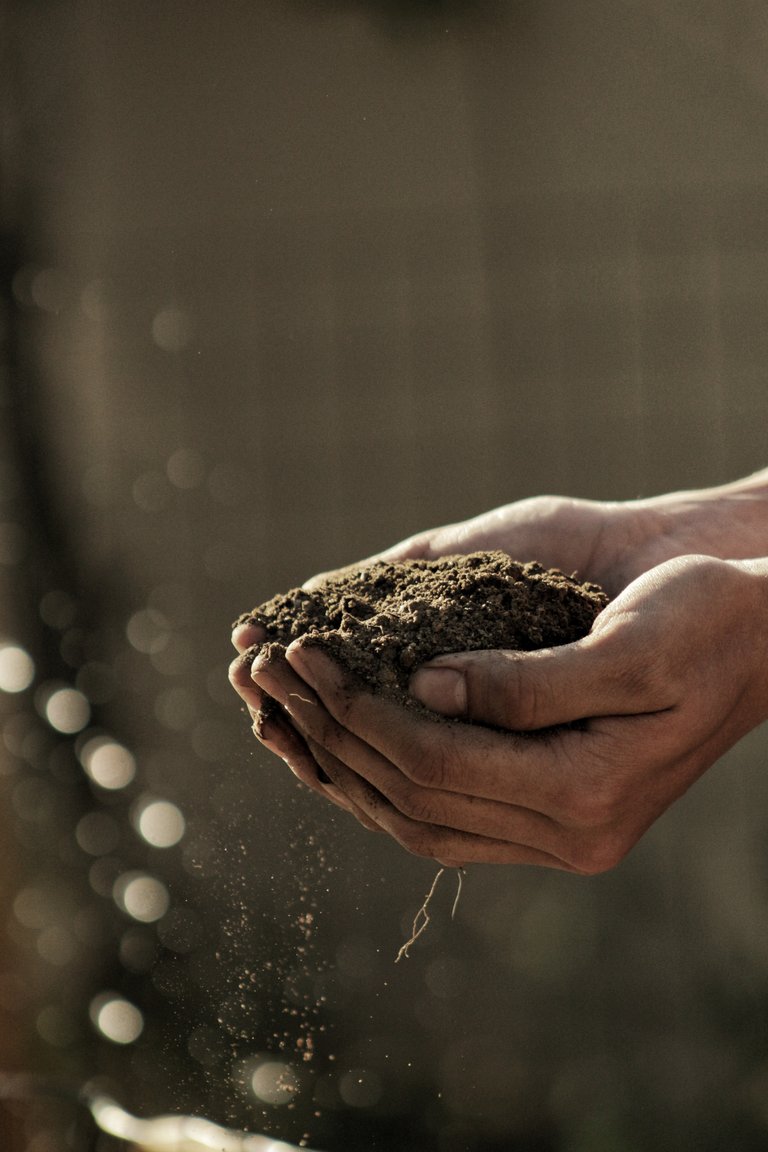

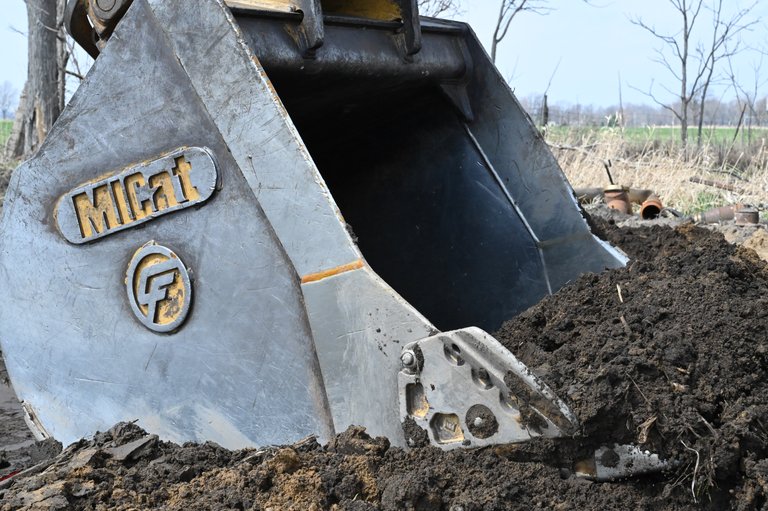
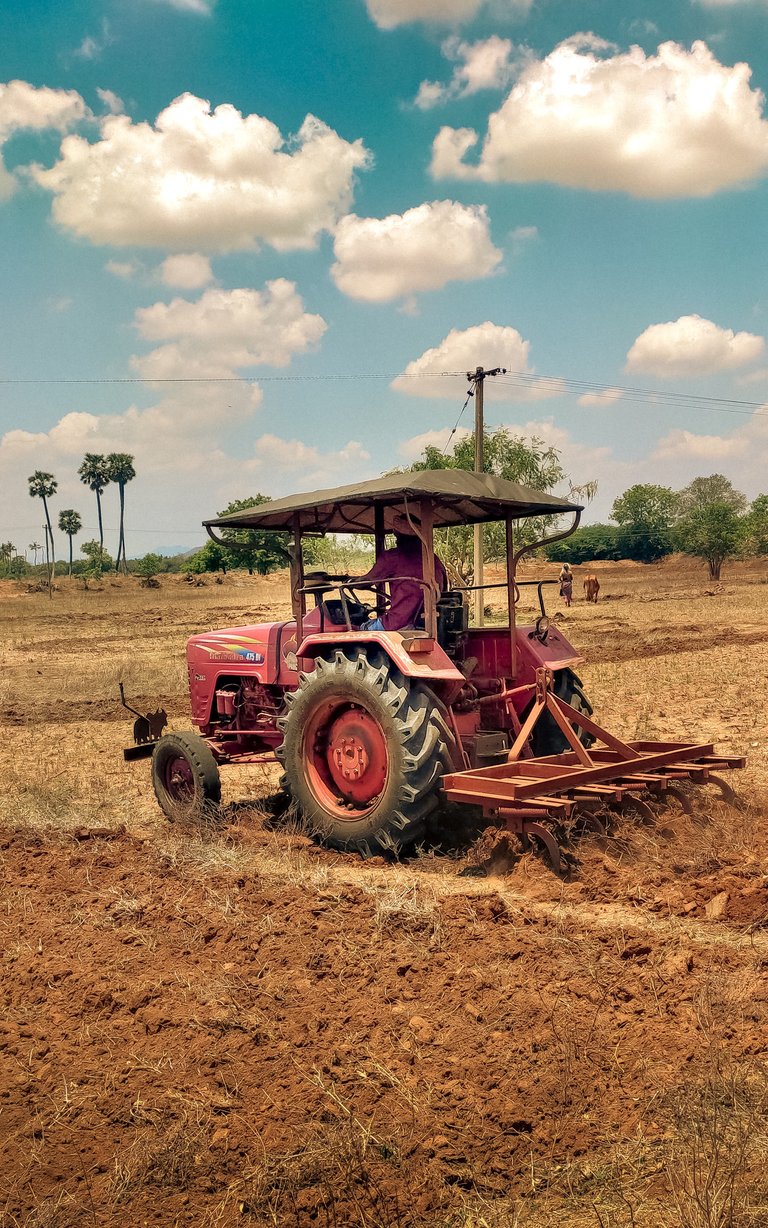

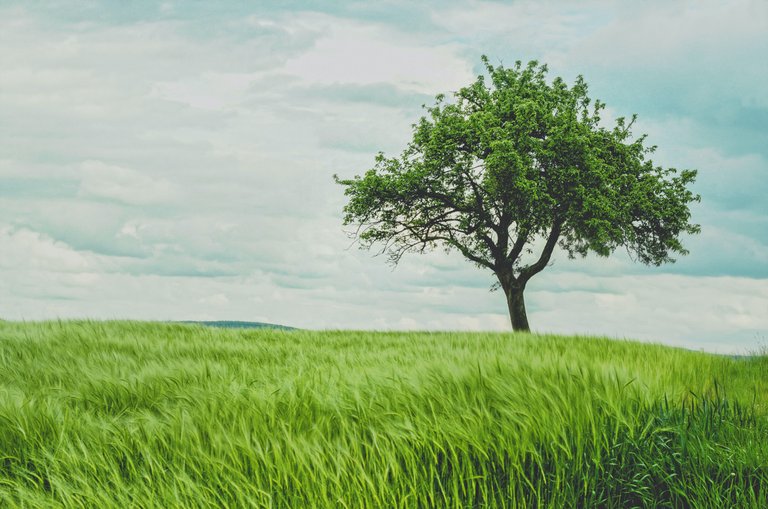

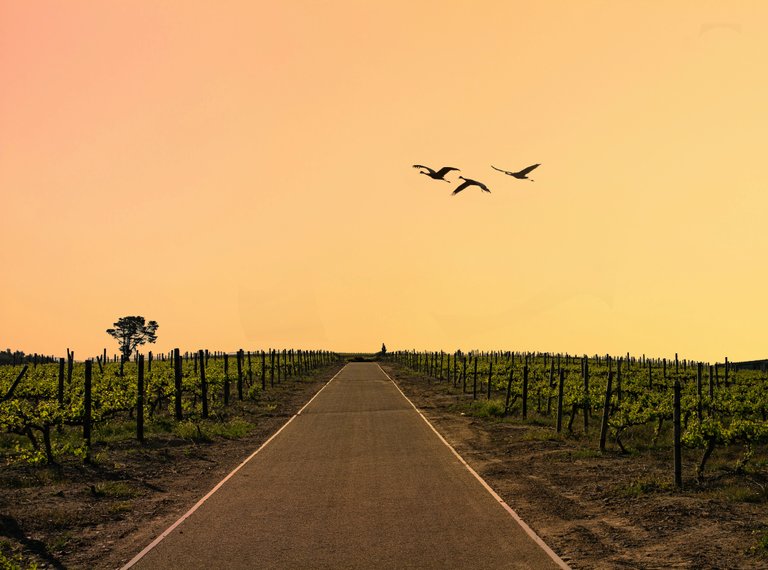
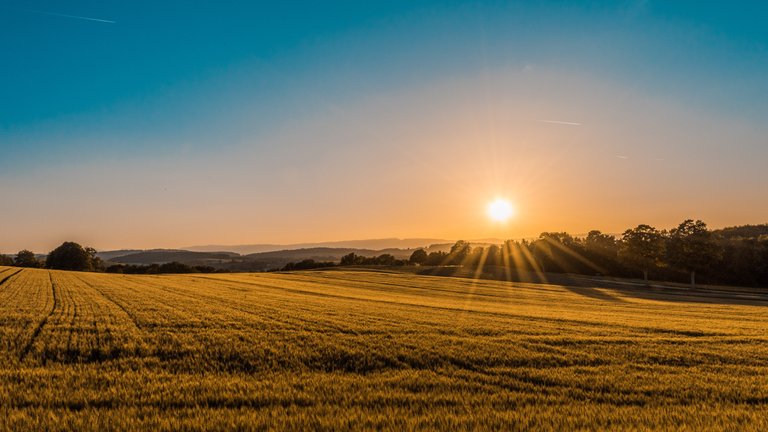
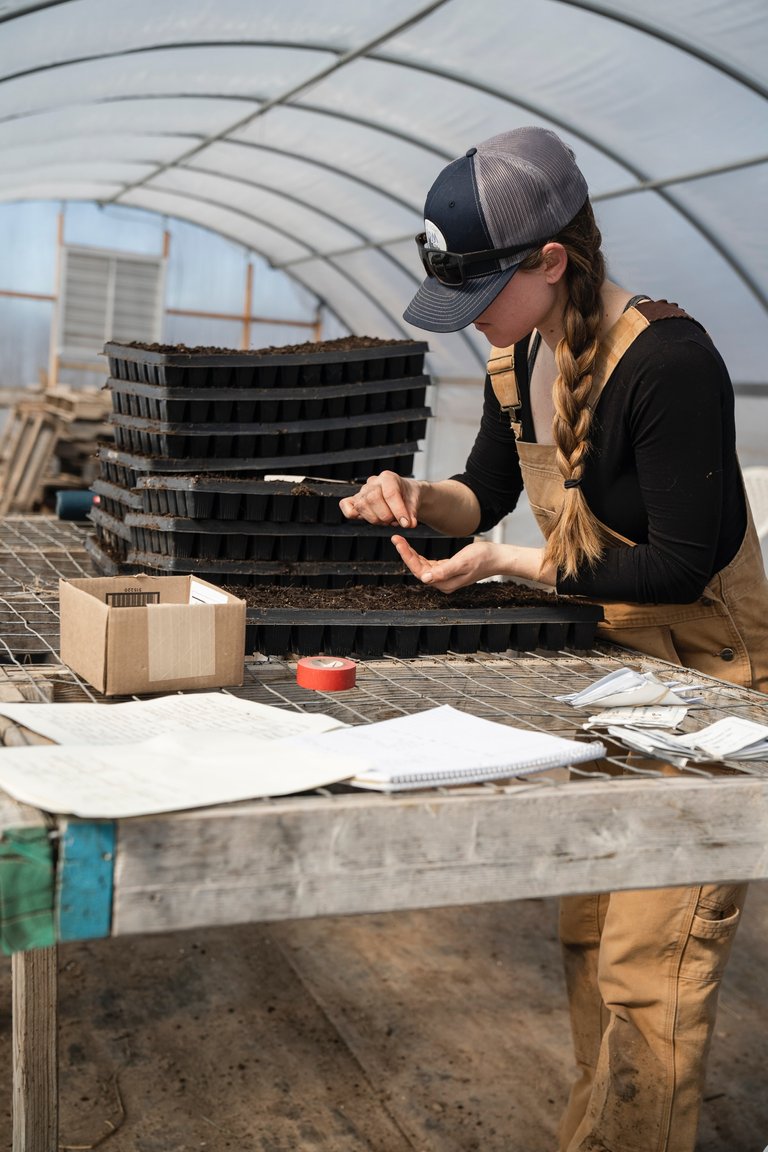
I have also noticed that I have placed a plant in what is theoretically the best spot for it, but it feels more comfortable in a different place. You can and should pay attention to a lot in the garden. Thank you for your advice.
Unspoilt nature, on the other hand, takes care of itself, everything has its place. I have heard that there is a type of pine tree in the Canary Islands that can only grow there in the mountains; it draws a lot of water from the air through its special needles.
Allow me to give you some hints:
This post might also have been well placed in a gardening community and again other Hivians would have seen it.
And you might consider putting your posts on your blog as well.
Do you actually see neophytes as a problem?
Hello friend, the information on the Canary Islands pine is very interesting. It is always good to learn new things. You keep me informed about it. Nature is very beautiful, interesting and very complex. The plant you are telling me about should be best in the environment where it absorbs the greatest amount of nutrients. Hey, thanks for your advice, I'm going to publish the same in the gardening community and I already shared it on my blog. As for neophytes, I have no problem with that, I respect all religions whatever they are. But tell me, friend, why do you ask that?
By neophytes, I meant explit plants that are brought into a new environment where they were not native before. please excuse the misunderstanding, it did not refer to humans. Planting plants elsewhere can be a great enrichment on fields oder gardens, but the question was, what happens when they come into uncontrolled nature and then become so comfortable with the soil and climate that they displace other plants?
Hello friend, I apologize for not understanding what term you were referring to, it's just that when I translate into English there are times when I lose the agreement but hey, I already understood the context of neophyte. Well, these invasive plants can become an ecological problem, since their ability to grow uncontrolled can threaten the native flora and fauna, altering the natural balance of an ecosystem. This can lead to loss of biodiversity and other negative impacts on the environment. The introduction and spread of invasive plants is generally considered a problem in nature conservation and ecosystem management. Efforts are required to control and, in some cases, eradicate these invasive plants in order to protect native ecosystems and biological diversity. It is complex to come across this type of plants because they come to compete with other plants for nutrients and steal nutrients from others and grow mercilessly.
No problem, I only know this term in relation to plants, but it doesn't have to be that way. In addition, translation programmes can sometimes work incorrectly.
Let's just ask the other if something is misleading! 😉
Nature regulates itself perfectly, but when humans intervenes, problems can arise
Did you write this?
Yes friend, yes I did, of course I relied on scientific articles but the ideas of the entire writing are mine and I put my passion and what I learned through my career, maybe you don't think you are within your rights and sincerely they took all of them away from me. the desire to write, the thing is that they were early mornings without sleep, sacrifices and mental fatigue, I see everything they did as unfair and they destroyed my reputation and everything in hive
It is crucial on Hive to source your materials that you did not write. If you start doing that it's not considered plagiarism. Even pulling small sections from your papers you got to cite them. I'd suggest you put links on the bottom even if its your own writing if you were using other sources to start from. Probably a good idea to cite them.
It's unfortunate you had to learn the hard way. Usually it's been the job for your mentor here (person that introduced you to Hive) to point out these things so you do not get hammered by HW.